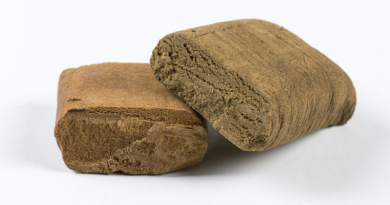Everything To Know About Type 1 Diabetes
If you are facing a type 1 diabetes diagnosis, you need to take the time to equip yourself with the correct information and management tool. Here is a short guide to help you understand type 1 diabetes as you navigate this journey.
Type 1 Diabetes
Also often referred to as juvenile diabetes, type 1 diabetes is when your body does not make the hormone insulin in sufficient amounts. However, insulin is critical because it helps the body use the sugar glucose from food. In addition, the body needs sugar for energy purposes. Without the proper amount of insulin to harness the glucose, the body’s blood sugar levels can rise to dangerous levels. While some of these problems occur immediately, other complications will not show up until later in life.
Complications of Type 1 Diabetes
The complications of type 1 diabetes go far beyond the need to urinate frequently or a constant thirst. Sufferers of this health issue are more likely to experience high blood pressure, blindness, nerve damage, stroke, heart disease, kidney failure, and gum disease. In short, having type 1 diabetes puts you at risk of numerous health issues as you age. Diabetes that is left untreated can put you in a coma or even lead to death. This is why it is important to take control of your diabetes diagnosis rather than letting it control you.
Signs and Symptoms of Type 1 Diabetes
The symptoms of type 1 diabetes can present with acute signs, or they may be so subtle that you do not immediately think that there is a problem. Children often do not exhibit apparent complications, leading to diabetes being discovered when tests are performed for other reasons. Some of the most common symptoms in children include the need to urinate frequently, not being able to control nighttime bedwetting, excessive thirst, fatigue, and weight loss. Diabetes is a condition that is typically diagnosed easily if you suspect that something is wrong.
How to Treat Type 1 Diabetes
There is no getting around that people with diabetes need to be intentional about treating this condition through a targeted health care plan. The cornerstone of a treatment plan for type 1 diabetes is to take insulin. While you can take insulin through an injection, many people find it easier to take it through a dedicated insulin pump. Type 1 diabetes management is made more accessible by using the quality pumps made by Tandem Diabetes.
In addition to managing the condition through insulin, it is also important to eat a balanced diet that keeps carbohydrates in check and implement a regular exercise program. Staying on top of the condition through regular blood sugar level checks will also help you manage the issue.
Understanding the signs of type 1 diabetes and how you can treat it can go a long way in helping you to manage this severe health condition.









